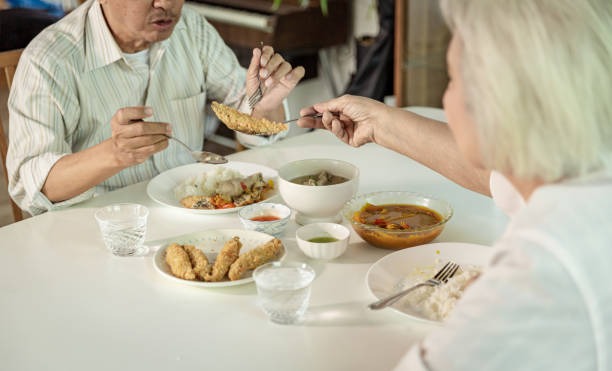There’s something almost magical about the way a simple taste can bring the past rushing back. A warm slice of apple pie, the scent of garlic on the stove, or a spoonful of your grandmother’s soup can transport you to another time—one filled with people, places, and feelings. This deep relationship between food and memory isn’t just nostalgic; it reveals something fundamental about how we experience comfort, belonging, and human connection.
Contents
The Sensory Power of Taste
Of all our senses, smell and taste are most strongly linked to memory. The brain’s hippocampus (responsible for memory) and the olfactory bulb (which processes smells) are closely connected, creating a direct neurological route between flavor and recollection. This is why a single bite of shepherd’s pie might make someone tear up with memories of Sunday dinners, or why fresh bread can feel like home even in a brand-new place.
Eating is rarely just about sustenance. Around the world, meals mark celebrations, transitions, rituals, and grief. The act of gathering around a table is how we affirm connection, whether in childhood kitchens, bustling restaurants, or residential care settings.
For older adults, especially, familiar meals can restore a sense of continuity and identity. This is why thoughtfully prepared menus in care environments don’t just nourish the body but also offer emotional nourishment. At luxury care homes in Harpenden in the UK, for instance, food is approached with both comfort and dignity in mind, blending culinary quality with the memory-rich experience of traditional favorites.
Memory Through Meals in Later Life
As memory changes with age, food can become one of the most reliable bridges to the past. A well-timed taste or aroma can spark long-forgotten stories, inspire conversation, and foster joy. This is particularly meaningful for individuals living with dementia, where mealtime familiarity may anchor them in reassuring rhythms and trigger positive recollections.
In this context, food becomes a gentle form of therapy, not labelled as such, but quietly doing the work of healing and anchoring people to their own histories.
Emotional Comfort Beyond Calories
Comfort food isn’t just about indulgence—it’s about emotional resonance. It’s about the casseroles brought over during hard times, the birthday cakes made with care, and the traditions passed down through generations. These foods are embedded with care, and in eating them, we re-experience the emotional safety that was present when they were first shared with us.
For people navigating life changes, such as moving into residential care, the inclusion of familiar meals can soften the transition. It’s not just a menu—it’s a form of continuity. A reminder that life is still full of warmth, flavor, and meaning.
Connection Through Cooking
There’s also something quietly powerful about preparing food for others. It communicates love without needing words. In families, care homes, and communities, shared cooking and eating rituals sustain bonds across generations. Whether it’s baking biscuits with a grandchild or reminiscing about wartime ration recipes, these shared acts create new memories while honoring old ones.
To Conclude
Food has the rare ability to engage our senses, ground us in the moment, and link us to the people and places we love. Through it, memory comes alive—not as something behind us, but as a living thread that ties the past to the present. In settings designed with care and compassion, these threads aren’t lost.They’re woven into everyday life, creating spaces where comfort and connection flourish at the table.



